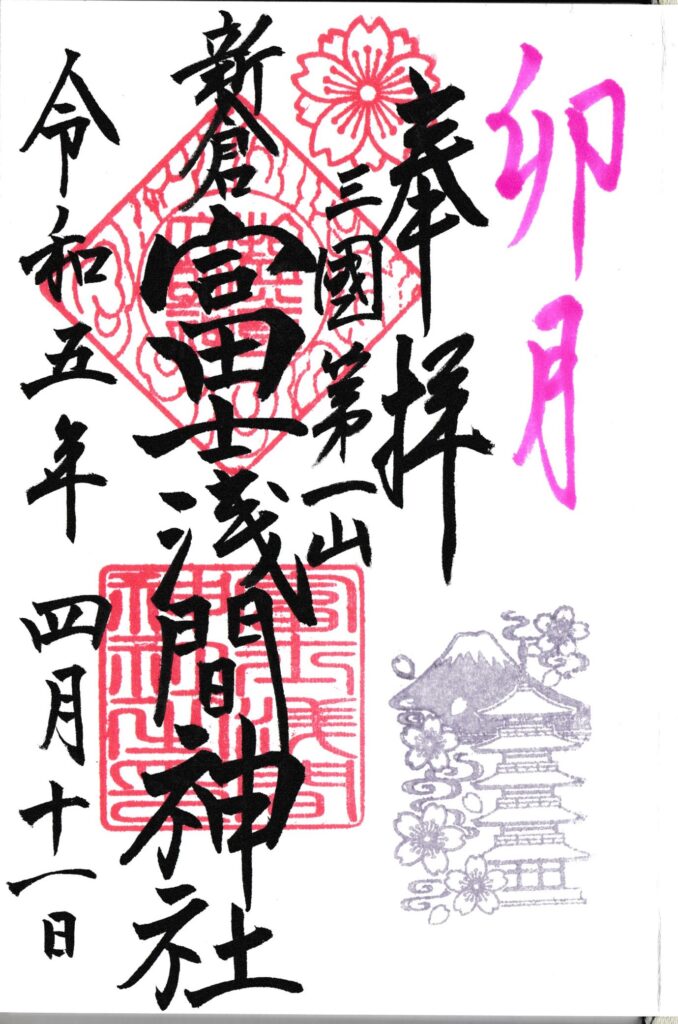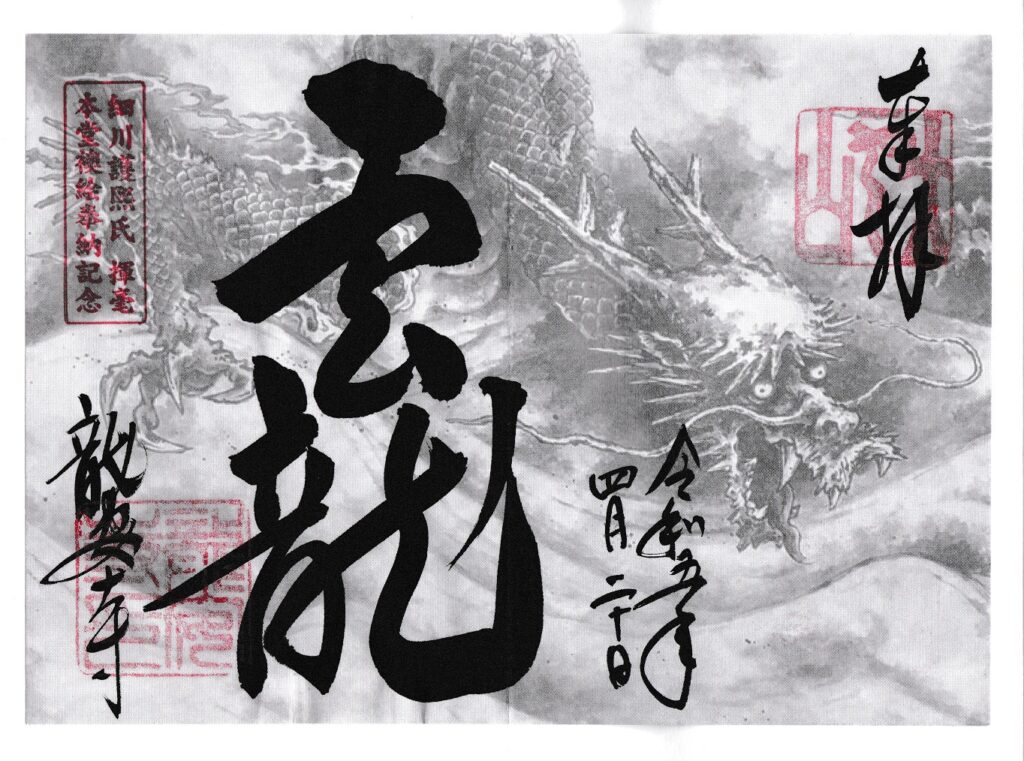What are Goshuin?
Goshuin, a cherished tradition in Japanese temples and shrines, holds significant cultural and spiritual importance. Intricately designed by dedicated monks or Shinto kannushi, These seals serve as proof of each individual’s pilgrimage or spiritual journey. These seals act as a tangible memento, symbolizing the connection between the visitor and the divine energy of the temple or shrine.
Referred to in Japanese as “御朱印,” which translates literally as “honorable red seal,” goshuin is a red stamp that can be obtained from Shinto shrines or Buddhist temples in Japan. However, Goshuin is far more than just a mere stamp; it embodies the essence of Japanese spirituality and artistry. The captivating designs of each seal reflect the history, symbolism, and beauty associated with the specific temple or shrine.

Historical evolution
The practice of collecting Goshuin stamps dates back to ancient times in Japan, particularly to the Heian period (794-1185). During this period, aristocrats and nobles would embark on pilgrimages to various temples and shrines as an expression of their religious devotion. Pilgrimage was not only a way to seek blessings and spiritual connection but also a means of displaying one’s status and contributing to the religious institutions.
Initially, pilgrims would receive hand-written or hand-drawn scrolls or certificates as proof of their visits to these religious sites. Over time, this practice evolved into the use of stamps and seals to provide a more efficient and standardized way of commemorating pilgrimages.
By the Edo period (1603-1868), the practice of receiving these stamps had become more established. Temples and shrines started using specially designed wooden stamps with intricate calligraphy and artwork to create unique and beautiful Goshuin stamps for pilgrims. These stamps typically included the name of the temple or shrine, the date of the visit, and sometimes a blessing or inscription.

Spiritual and touristic significance
Goshuin stamps hold spiritual significance as they represent a direct connection between the pilgrim and the temple or shrine. The process of receiving a Goshuin involves offering a donation to the religious institution, symbolizing devotion and support for its activities. The stamp is then created by a temple or shrine priest, imbuing it with spiritual energy and blessings.
From an artistic perspective, Goshuin stamps showcase a blend of calligraphy, traditional Japanese art, and religious symbolism. Each temple or shrine often has its unique design, reflecting the site’s history, teachings, and the deity it venerates.
In modern times, Goshuin stamps have become not only a spiritual practice but also a cultural and artistic experience for visitors to temples and shrines. Collecting Goshuin stamps has gained popularity among both locals and tourists as a way to connect with Japan’s rich cultural heritage.

How to obtain goshuin stamps
If you don’t already have one, consider purchasing a Goshuincho, which is a dedicated book for collecting these stamps. These special notebooks can be found in temples or shrines, stationery stores or shopping malls, and come in different styles and prices. In many temples and shrines across Japan, particularly those adhering closely to traditional practices, it’s customary for them to provide Goshuin stamps only to those who possess a Goshuincho.
Goshuincho books feature thicker pages compared to regular notebooks. This heightened paper quality serves to accommodate the ink and pressure of these stamps, ensuring that the stamps do not bleed through or damage the pages. This thicker paper contributes to the overall durability and preservation of the Goshuin stamps over time. Additionally, the sturdier pages can also support calligraphy and annotations that often accompany the stamps, making Goshuincho books specially designed to cater to the unique needs of collecting Goshuin stamps.
It’s worth noting that certain temples might request a specific donation prior to issuing a Goshuin stamp. These donations serve the purpose of upkeeping and conserving the temple, in addition to supporting ongoing religious and cultural endeavors. Prior to your visit, conducting some research could prove beneficial to gain an understanding of the expected donation amount at each temple.
Keep in mind that temple operating hours usually conclude around 5:00 PM or 5:30 PM, so plan your visit ahead of time to ensure ample opportunity for acquiring your Goshuin stamp.



